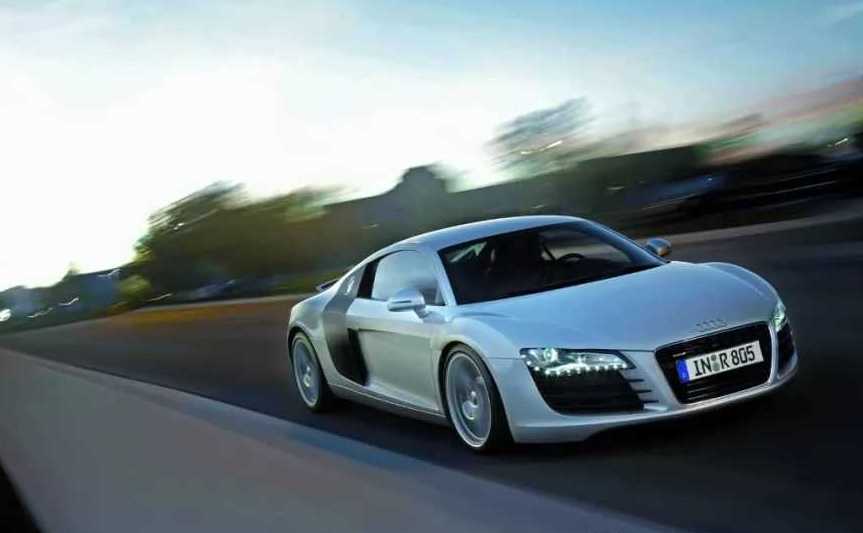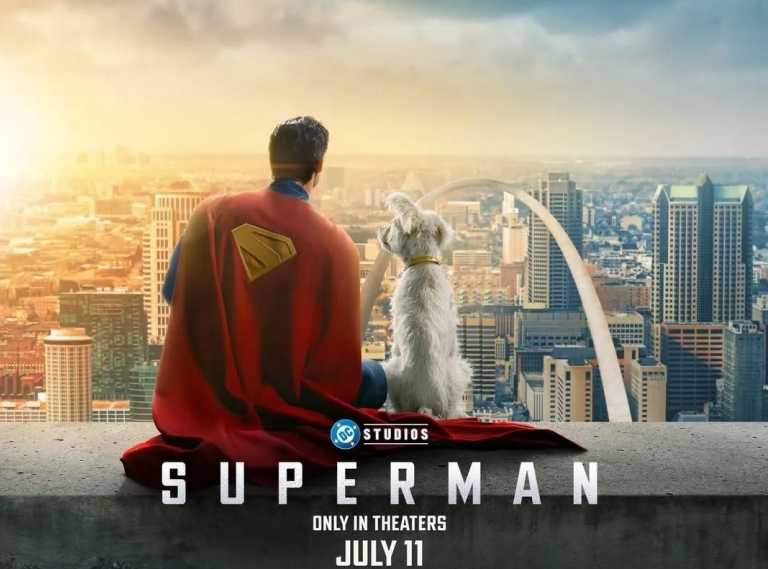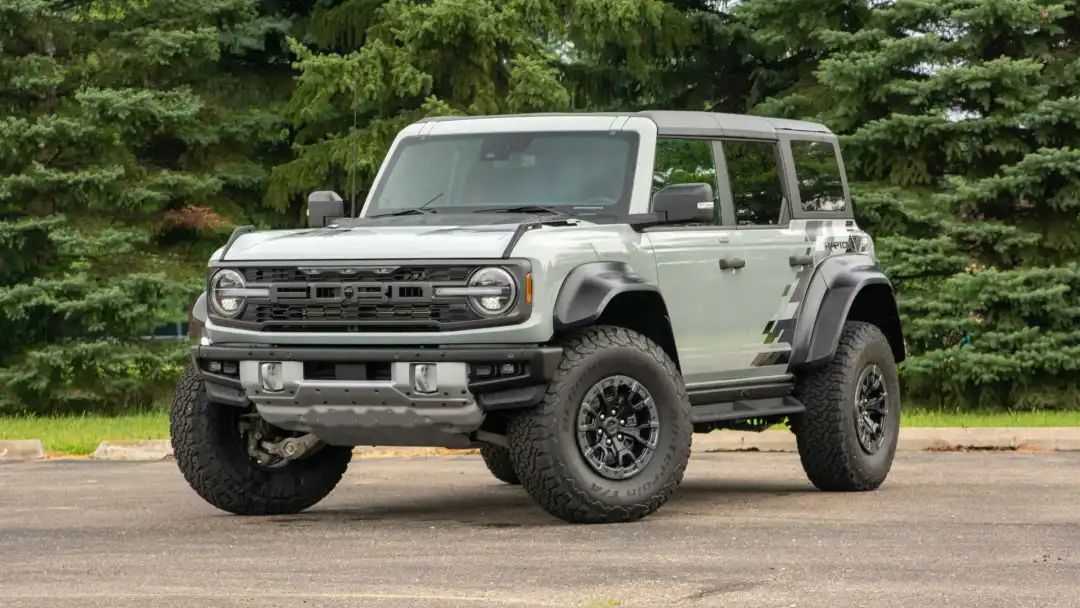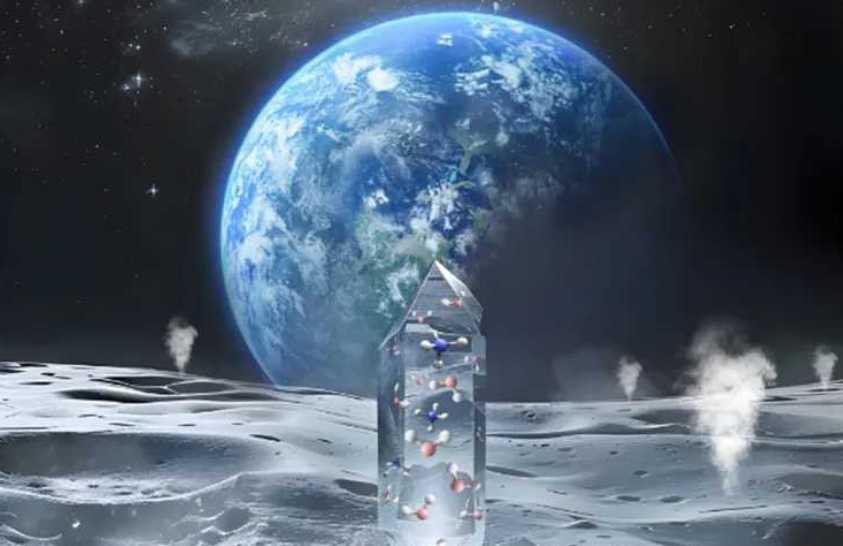Artificial Intelligence and Robotics: From Tools to "New Species"Artificial intelligence (AI) and robotics are undergoing a profound transformation, evolving from mere labor - saving tools to autonomous "new species" capable of reshaping industries and creating unprecedented demand. As AI transitions from merely "substituting human labor" to "generating new needs," its impact is rippling across sectors, driven by breakthroughs in large language models (LLMs) and advanced robotics technologies. This shift marks a pivotal moment in the fourth industrial revolution
May 23, 2025, 11:58 am EDT
Artificial Intelligence and Robotics: From Tools to "New Species"
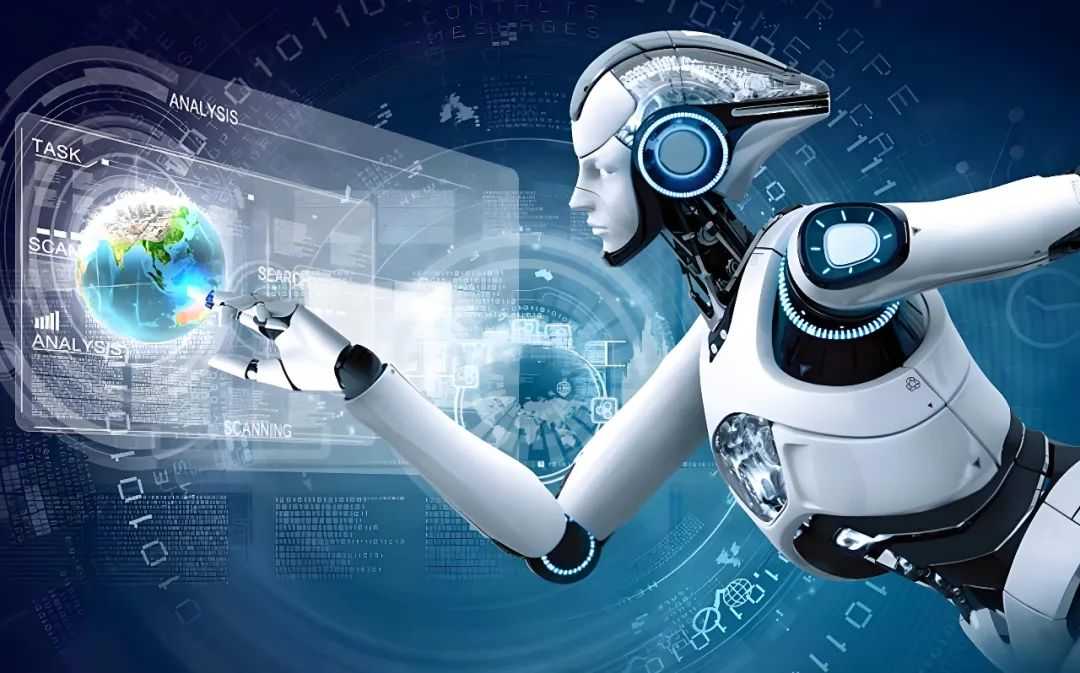
Source: Images from the Internet, if there is any infringement, please contact the removal of


